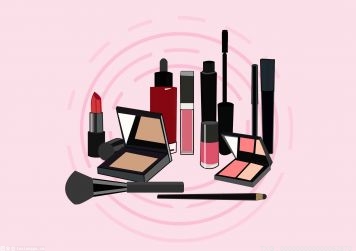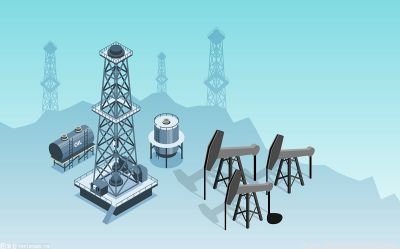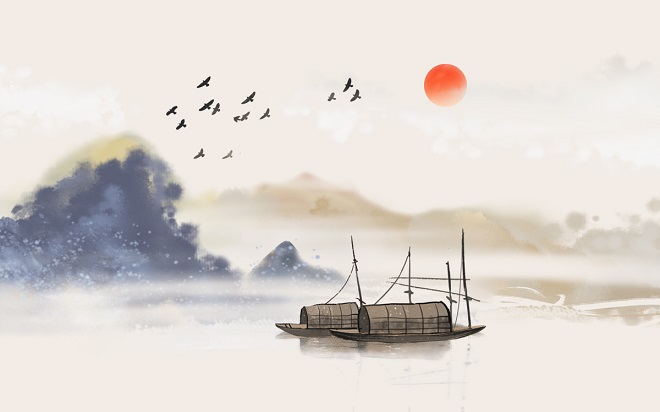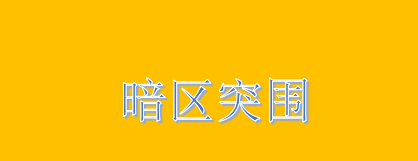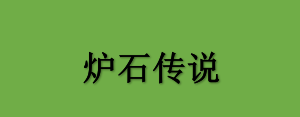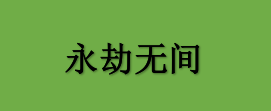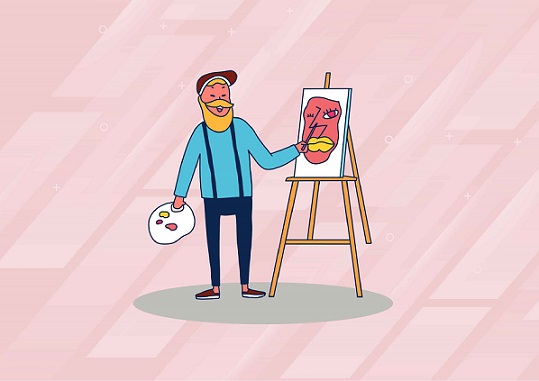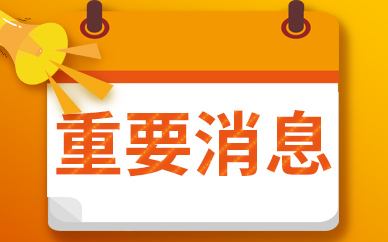In this manual, we will walk you through various aspects of using Moho. This is the perfect place to start if you’ve never used Moho before. Even if you’re an experienced Moho user, this version of Moho has some big changes, so we recommend reading through the tutorials again. The best way to get started is to read all the tutorials in the Basics section in order. Each of these tutorials builds on skills learned in the earlier ones, and one-by-one will get you up to speed with Moho’s basic drawing and animation techniques. Once you’re comfortable working in Moho, then you can move on to the other tutorial sections. You don’t have to read them all (although that probably wouldn’t hurt), but choose the ones that address the specific techniques you want to learn about.
 (相关资料图)
(相关资料图)
在本手册中,我们将引导您了解使用 Moho 的各个方面。 如果您以前从未使用过 Moho,这是一个完美的起点。 即使您是经验丰富的 Moho 用户,此版本的 Moho 也有一些很大的变化,因此我们建议您再次阅读教程。
最好的入门方法是按顺序阅读基础部分中的所有教程。 这些教程中的每一个都建立在之前的教程中所学的技能之上,并且一个接一个地让您快速掌握 Moho 的基本绘图和动画技术。 一旦您在 Moho 中工作得心应手,您就可以继续学习其他教程部分。 您不必全部阅读它们(尽管这可能不会有什么坏处),但请选择那些解决您想了解的特定技术的内容。
When you first start Moho, you will be prompted to create a Custom Content folder in a location that you specify. The tutorial files that are used in this tutorial manual will get installed in that Custom Content folder. You can find them by going to your Content folder, and looking for the Tutorials sub-folder. If you’re having trouble with a tutorial, try opening the corresponding Moho file to see what it should look like.
首次启动 Moho 时,系统会提示您在指定的位置创建自定义内容文件夹。 本教程手册中使用的教程文件将安装在该自定义内容文件夹中。 您可以通过转到 Content 文件夹并查找 Tutorials 子文件夹来找到它们。 如果您在使用教程时遇到问题,请尝试打开相应的 Moho 文件,看看它应该是什么样子。
If you did not create a custom content folder at startup, you can create one any time by choosing Help > Set Custom Content Folder.
如果您在启动时没有创建自定义内容文件夹,您可以随时通过选择帮助 > 设置自定义内容文件夹来创建一个。
Once you’ve finished the tutorials, you should be comfortable enough to continue on your own. However, the tutorials won’t teach you how to use every feature of Moho - the rest of this manual is a reference that covers Moho’s features in detail, and is recommended reading to be able to use the full power of Moho
完成教程后,您应该可以自在地继续自己的学习。 但是,教程不会教你如何使用 Moho 的所有功能 - 本手册的其余部分是详细介绍 Moho 功能的参考,建议阅读以便能够使用 Moho 的全部功能.
Quick Start Tutorial
1.1: A Quick Run-through
This tutorial quickly runs through the major features of Moho, without going into too much detail. The purpose here is more to give an overview of how Moho works, rather than to teach you how to use any specific features. In this tutorial, we will draw and animate a very simple object.
Moho has several groups of tools, used for different types of tasks. Some of these tools are used to create new objects, and others are used to modify and animate existing objects. The basic Moho tool groups are: Draw, Fill, Bone, Layer, Camera, and Workspace.
This tutorial introduces a few of the Draw, Fill, and Layer tools, while the following tutorials focus specifically on each of the tool group.
本教程快速介绍了 Moho 的主要功能,无需过多介绍。 这里的目的更多是概述 Moho 的工作原理,而不是教你如何使用任何特定的功能。 在本教程中,我们将绘制一个非常简单的对象并为其设置动画。
Moho 有几组工具,用于不同类型的任务。 其中一些工具用于创建新对象,而其他工具用于修改现有对象并为其设置动画。 基本的 Moho 工具组是:绘图、填充、骨骼、图层、相机和工作区。
本教程介绍了一些绘制、填充和图层工具,而以下教程专门针对每个工具组.
Drawing a Simple Shape
Launch Moho by double-clicking the Moho icon, or selecting the Moho shortcut in the Start menu (Windows). When you create a new Moho project, the application starts off looking something like this:
通过双击 Moho 图标或在开始菜单 (Windows) 中选择 Moho 快捷方式来启动 Moho。 当你创建一个新的 Moho 项目时,应用程序开始看起来像这样:
Choose File > Newto create a new project, and then click the current tool icon (just beneath the File menu), to select Reset All Tools. This puts all tools at their default settings so that you can follow along with this tutorial。
选择“文件”>“新建”来创建一个新项目,然后单击当前工具图标(位于“文件”菜单下方),以选择“重置所有工具”。 这会将所有工具置于默认设置,以便您可以按照本教程进行操作。
Select the Draw Shape tool by clicking on it in the toolbar.
Select the Oval shape from the Draw Shape tool options.
通过单击工具栏中的“绘制形状”工具来选择它。
从绘制形状工具选项中选择椭圆形。
The Style panel on the right side of the Moho interface allows you to select fill and stroke colors for the shapes you draw. To select a fill color, click the Fill color square to open a color palette, or click one of the color squares in the Swatches palette. Alternatively you can click one of the colors in the Color Swatch palette. Select the fill color you want to use, and click OK.
Moho 界面右侧的样式面板允许您为绘制的形状选择填充和描边颜色。 要选择填充颜色,请单击“填充颜色”方块以打开调色板,或单击“色板”调色板中的其中一个颜色方块。 或者,您可以单击“色板”调色板中的一种颜色。 选择要使用的填充颜色,然后单击“确定”。
Press the Shift and Alt keys while you drag from the center of the workspace to create a circle shape. The Shift key forces the shape to be a circle, rather than an oval; and the Alt key centers the circle around the point that you first clicked. Try to keep the circle within the blue rectangle (this rectangle represents the visible area of your project). Note that the circle will automatically fill with color when the Auto Fill option is checked as shown in the previous figure.
If you’re not happy with your circle, just select the Edit > Undocommand from the menu bar. Your circle should look something like this:
在从工作区中心拖动时按下 Shift 和 Alt 键以创建圆形。 Shift 键强制形状为圆形,而不是椭圆形; Alt 键使圆圈围绕您第一次单击的点居中。 尝试将圆圈保持在蓝色矩形内(此矩形代表项目的可见区域)。 请注意,如上图所示,选中自动填充选项时,圆圈将自动填充颜色。
如果您对自己的圈子不满意,只需从菜单栏中选择“编辑”>“撤消”命令。 你的圈子应该是这样的:
Changing the Color of Your Shap
If you want to change the fill color, choose the Paint Buckettool from the Fill toolbar. The Fill option changes only the Fill color; the Stroke option changes only the Stroke color; and the Both option changes both the Fill and the Stroke color to those that you have selected in the Style window.
如果要更改填充颜色,请从“填充”工具栏中选择“油漆桶”工具。 填充选项仅更改填充颜色; Stroke 选项仅更改 Stroke 颜色; 并且两者选项将填充和描边颜色更改为您在样式窗口中选择的颜色。
Select a new color from the Style panel, similar to the way that you selected the color in the previous steps. Then click inside the shape to change the color(s).
从“样式”面板中选择一种新颜色,类似于您在前面的步骤中选择颜色的方式。 然后在形状内部单击以更改颜色。
Simple Animation
When you animate in Moho, you move objects around and set up keyframes - points in time at which an object has a certain position. At points in time between keyframes, Moho automatically computes the position of all objects。
Near the top of the Timeline window is a ruler that displays frame numbers in the animation. Click the number 36 to set the current time to frame 36。
当您在 Moho 中制作动画时,您会四处移动对象并设置关键帧 - 对象具有特定位置的时间点。 在关键帧之间的时间点,Moho 自动计算所有对象的位置。
时间轴窗口顶部附近是一个标尺,用于显示动画中的帧数。 单击数字 36 将当前时间设置为第 36 帧。
Next, choose Edit > Select Nonefrom the menu bar.
Pick the Transform Points tool from the Draw toolbar. Click and drag the bottom point of the circle upward to distort the circle into a shape that looks like this:
从绘图工具栏中选择变换点工具。 单击并向上拖动圆圈的底部点以将圆圈扭曲为如下所示的形状:
Now use the Transform Layertool from the Layer section of the Tools panel to rotate the layer.
现在使用“工具”面板的“图层”部分中的“变换图层”工具来旋转图层。
To rotate the object with the Transform Layer tool, click and drag in the area between the two bounding boxes that surround your object. Rotate the object into a position similar to the one below:
要使用“变换图层”工具旋转对象,请在围绕对象的两个边界框之间的区域中单击并拖动。 将对象旋转到类似于下图的位置:
Back in the timeline, click frame number 72 in the ruler to change the current time. Next, select Draw > Reset All Points from the menu bar to move all points back to their original positions. In the tool options area at the top of the main window, press the Reset button to reset the rotation of the entire layer.
Finally, we’ll shorten the length of the animation from its default length of 240 frames. In the Timeline window, enter 80 in the second number field. This will shorten the length of the animation to 80 frames.
最后,我们将从默认的 240 帧长度缩短动画的长度。 在时间轴窗口中,在第二个数字字段中输入 80。 这会将动画的长度缩短到 80 帧。
Congratulations, you’ve made an animation! Press the play button near the bottom of the main window to watch it go. When you’re done, press stop. OK, so it probably won’t win any film awards, but you’re off to a good start learning Moho.
恭喜,你制作了动画! 按主窗口底部附近的播放按钮观看它。 完成后,按停止。 好的,所以它可能不会赢得任何电影奖项,但你在学习 Moho 方面有了一个良好的开端。
亲自汉化,如有雷同,纯属巧合。




